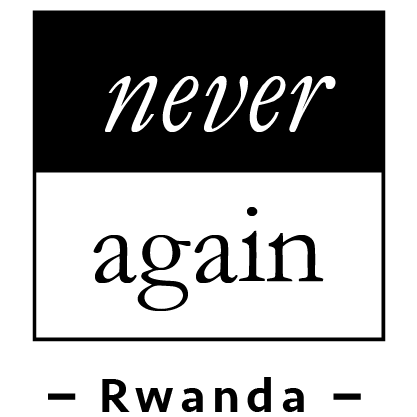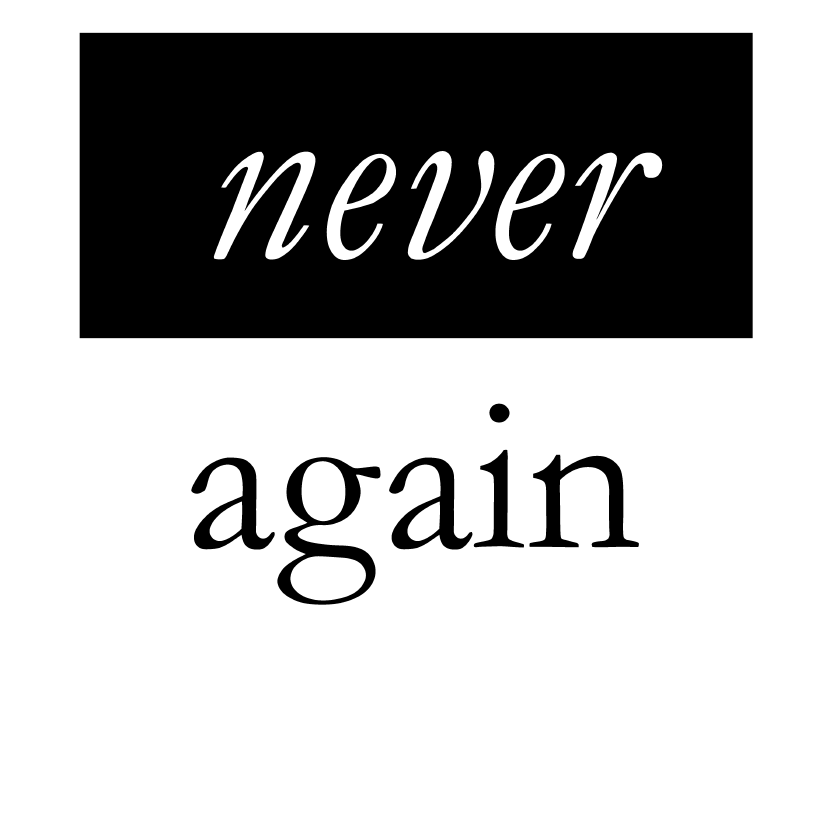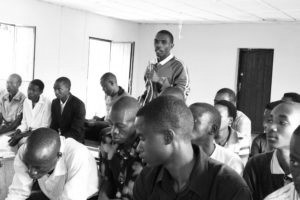‘Societal healing’ transforming community members into peace agents
When some Genocide perpetrators committed themselves to asking for forgiveness, they didn’t know that the gesture would give them a more positive feeling towards humanity. When some survivors committed to unity they didn’t know they would get a sense of belonging from their traumatic wounds.
“I took the time to reflect on my past, and I have realized that there’s hope that I will heal from my wounds,” said a male, former genocide perpetrator from Karongi.
“I came to realize that when people are not united, they lack respect for each other and this is one of the sources of conflict and a hindrance towards development,” said a female Genocide survivor from Abasangirangendo, Gishamvu.
These two quotes are from participants that were speaking, telling stories and learning from each other’s experiences through the many conversations that take place during the ‘Space for Peace’ dialogues. Spaces for Peace dialogues are ‘safe spaces’ created for youth and community members to discuss their sensitive traumatic past and ignite the process of healing which would eventually contribute to social healing.
In these ‘Safe spaces’ individuals such as these quoted, feel comforted, valued and safe to open up and share personal and sensitive stories and are facilitated by a local peace-building organization called Never Again Rwanda (NAR), through psychosocial support. The dialogues are part of NAR’s ‘Societal Healing and participatory goverance for peace Program’ of which since its implementation in January 2015 a total of 15 groups have been established in 13 districts that include Gasabo, Nyarugenge, Huye, Gisagara, Muhanga, Gicumbi, Musanze, Rulindo, Nyabihu, Rubavu, Karongi, Ngoma and Nyagatare.
The experiences of NAR from its different research findings indicate that revealing during these dialogues is healing. NAR healing experts that have been interviewed believe that the untold and unlocked wounds can contribute to future violence and long-term traumatic illnesses for generations.

However it’s from within these dialogues that you will hear such small emotional stories and reflections from different conversations. During the ‘Space for Peace’ meetings different youthful Rwandans and community members including perpetrators and survivors, meet and some of their stories heal the wounded. Here are two other quotes! “I used to live in isolation. I would stay at home for days without talking to anyone because for me any sounds were noise to my ears. After attending three space sessions I started feeling better, my wounds haven’t healed, but I have learned how to cope,” said a survivor from Turuhurane, Muhanga.
“I killed people during the 1994 genocide perpetrated against the Tutsis, though I served my time in prison, I still feel ashamed of what I did, everywhere I go people say ‘look at those people’. Through ‘Space for Peace’, I hope to gain a sense of belonging and feel accepted. At the moment I am grateful for this space since I have acquired the courage to speak the truth, I had never told anyone how I feel, and it has been a heavy burden to me,” said a male participant in Twubakane, Rukumberi.
Some survivors, living in post-genocide Rwanda, mostly those that were young and women too, still suffer different kinds of wounds related to Post Traumatic Stress Disorder (PTSD). According to a research study on mental and physical health carried out in 2012 by a researcher named Paul Bolton eighteen years after the Genocide, PTSD in the general Rwandan population stood at 26.1 percent and depression at 54 percent by that time.
Another report referred to as the Rwanda Reconciliation Barometer (RRB) of 2015 reveals that post-Genocide wounds of some 4.6 percent of respondents interviewed have not healed fully which might be a challenge to the reconciliation process. Psychologists believe that man-made trauma like the 1994 Genocide against the Tutsi, is often more difficult to deal with and this is mainly because frequently the perpetrators still live in close proximity to victims, thereby providing constant reminders of the past, as well as the threat of further incidents
Healing experts argue that even if the immediate source of the trauma is removed, time does not necessarily heal all wounds and traumatic events can fundamentally change not only victims’ way of life, but also their psychological outlook. Due to the long term effects of Genocide and related wounds and the traumatic memories, individuals might need much more specialized attention to heal. Some victims lost their entire family members and feel isolated. Others might be victims of rape who have painful personal memories that cannot be shared in public spaces.
When NAR implemented its four-year ‘Societal Healing Program’ they began with the mapping of healing actors some of the lessons learned indicated that after genocide and its preceding extreme violence, people now need safe spaces for healing and might also need psychosocial support facilitated through dialogue for others to share.
The mapping demonstrated that the cycle of violence that many Rwandans went through since the colonial period resulted into several wounds, which might need much more attention that will compliment government’s efforts.
“Healing can be complex and can also be a long-term process. People heal at different levels. While some may take a short time to recover, others might take a long time, and some may not heal for a lifetime. However not all wounded people can heal by meeting in groups, some may need individual counseling services,” says a healing expert at NAR.
“It should also be noted that meeting in groups promotes empathy, self-reflection and personal development, knowledge, and hopefulness. Healing interventions need to start small to maximize impact and they need to be well monitored,” she added.
Experts also found out that healing in a wounded society or family could affect the healing pace of others in the groups because they live with wounded, whose needs cannot be addressed by NAR’s societal healing program. Their conclusion therefore is that, “there is no single approach that is ideal for healing, but it requires integrated approaches.”
Lessons from the societal healing program have also indicated that wounds require a continued effort from the government, other partners and civil society. The four year ‘Societal Healing Program’ is already being implemented in with a partner called Interpeace and also funded by the Embassy of Sweden in Rwanda.
“The purpose of the program is to transform community members and youth into peace agents and into skilled facilitators in mediation and dialogue. They can also strategies to foster reconciliation. The role of healing interventions is to improve physical and psychological status of the health of Rwandans and prevent renewal of future conflict,” said a NAR official.
It’s also a known fact that many countries around the world which have suffered similar experiences of conflict and violence and Rwanda can learn from them as it navigates its own healing process. Its against this back ground that NAR and Interpeace with support from the Swedish Embassy have invited experts and organizations from various countries, to share their experiences and knowledge.
This knowledge will be shared during a two days International Conference on ‘Healing and Social Cohesion’ from 10 – 11 November 2016 in Kigali that is set to bring together scholars, researchers, practitioners and policy makers in the fields of healing and reconciliation.
According to the organizers the purpose of the conference, which is themed, ‘Healing and Social Cohesion: Understanding Reconciliation Experiences’ is to provide a platform for an exchange on healing and reconciliation practices based on the varying experiences from these diverse countries.


